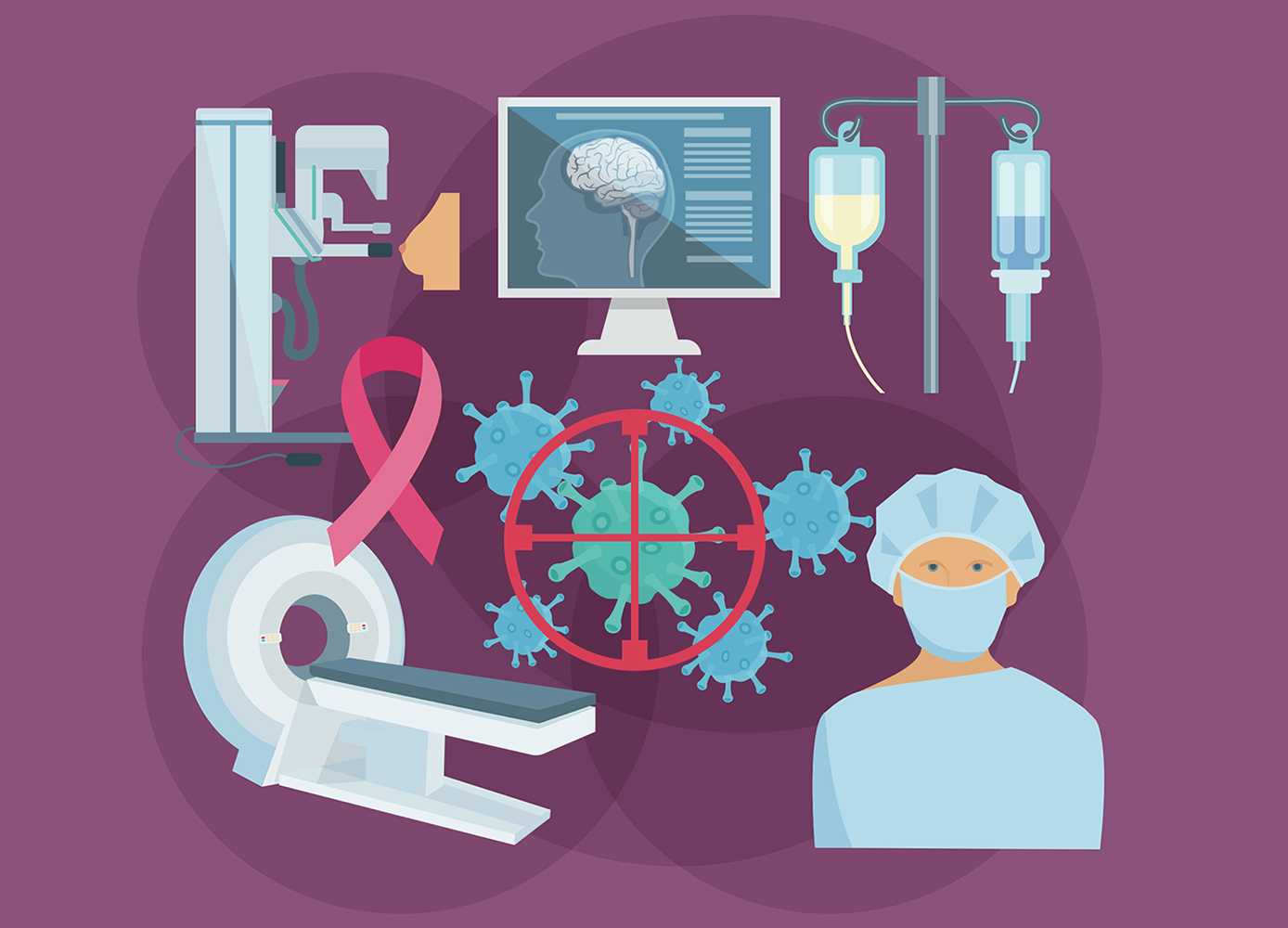For the past few weeks, we’ve been highlighting advances in the fight against cancer. This week: targeted therapies.
By Wendy Haaf
Throughout the 1970s, ’80s, and ’90s, research revealed the ways in which cancer cells differ from normal cells.
“Many changes in cancer cells are related to mutations in a variety of proteins or molecules in pathways that drive cell division. That discovery has led to almost a tsunami of drugs targeting some of these aberrations,” says Dr. Elizabeth Eisenhauer, head of the Department of Oncology at Queen’s University in Kingston, ON, and Expert Lead, Research, at the Canadian Partnership Against Cancer, an independent organization funded by the federal government to accelerate action on cancer control. “Some of those have been quite dramatic in their ability to improve outcomes.”
Among the successes are drugs that target abnormalities in subgroups of breast cancers (Herceptin and similar medications), melanomas (BRAF inhibitors), and chronic myelogenous leukemia (CML) cases (Gleevec and other tyrosine kinase inhibitors). For example, before the introduction of Gleevec, about one in three patients with CML survived five years beyond diagnosis; today, that figure is greater than 90 per cent. And in women with breast cancers that produce high levels of a protein called HER2—subtypes that tend to grow and spread more quickly and are far more likely to recur than other types of breast cancer—Herceptin has been shown to both reduce recurrence and extend survival.
These drugs aren’t perfect. Patients often have to continue taking them for years, if not for the rest of their lives, and like any medication, targeted therapies can have side effects. Herceptin, for example, can in the short term lead to joint pain, diarrhea, and hot flashes; over the long term, it may increase slightly the chance of developing heart problems. In the case of CML, about 20 to 25 per cent of patients develop a resistance to the first-line medication and have to be switched to a second; however, not all provincial and territorial health insurance plans cover the cost of all of these second-generation drugs, which can be anywhere from $14,600 to upwards of $60,000 a year.
“Cancers tend to adapt, so you have to keep cycling to new drugs,” says Stephen Robbins, scientific director at the Institute of Cancer Research at the Canadian Institutes of Health Research (CIHR) and a University of Calgary associate professor of biochemistry and molecular biology. Scientists are now investigating whether, in some cancers, a combination of targeted therapies can make it harder for cancers to adapt.
“Along with targeted therapies is the development of tests to divide cancers into subtypes so you can more appropriately offer treatment to patients who are most likely to benefit,” Eisenhauer says. “Instead of giving everybody the drug, you give it to the subset that has, for example, the molecular marker the drug is intended to tackle. Breast cancer is a great example of that.”
Even with these advances, “personalized medicine is really still in its infancy,” says Kelly Fathers, senior manager of research communications at the Canadian Cancer Society. “So there’s a lot of research going on and clinical trials happening to try to see how we move these forward for patients.”
Illustration: iStock/seamartini.





